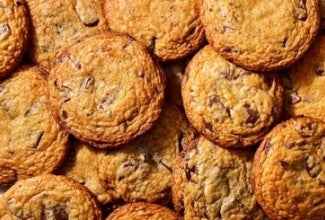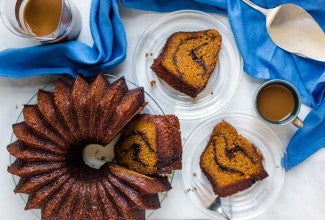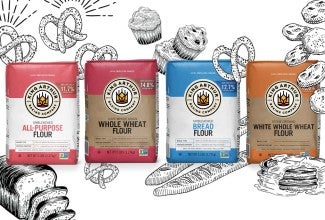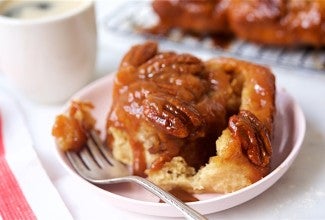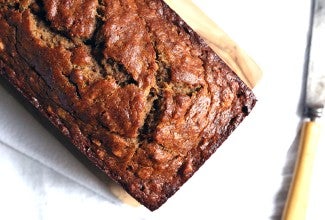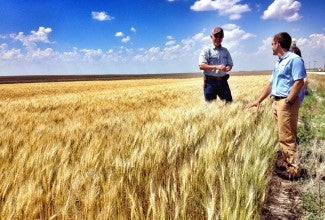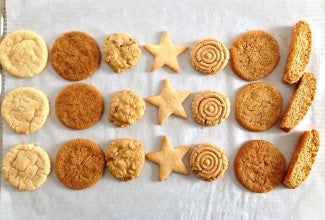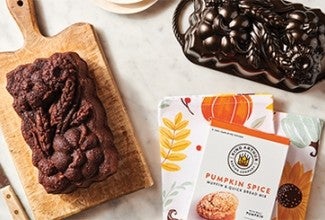
-
-
- Scones
- Bread
- Cake & Pie
- Cookies
- Doughnuts
- Muffins & Quick Bread
- Pancakes
- Frostings & Fillings
- Gluten-Free
- Keto
- Soups
- Specialty
- Seasonal Mixes & Sets
- Seasonal
- Mix & Pan Sets
-
- Scone & Popover
- Doughnut & Muffin
- Cake & Pie
- Bundt & Specialty
- Bread
- Cookie & Sheet Pans
- Featured Brands
- Emile Henry
- Nordic Ware
- King Arthur
- Seasonal Pans & Sets
- Mix & Pan Sets
-
- Collections
- New Products
- St Patrick's Day
- 2025 Recipe of the Year
- Best Sellers
- Spring Favorites
- Recipe Bundles
- The Logo Shop
- Our Cookbooks
- Bakers' Favorites
- Gifts
- DIY Perfect Pasta
- On-Demand Classes
- Scrumptious Scones
- Pie Must-Haves
- Big Month of Bread
- Sourdough Savvy
- Secret Ingredients
- Pizza Perfection
-
-
-
Classes by Location
- Class Calendar
- Contact Us
- Visit Us
- Baker's Rewards




